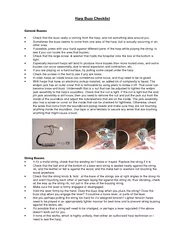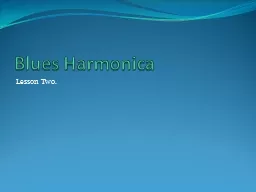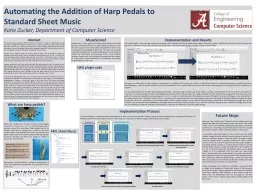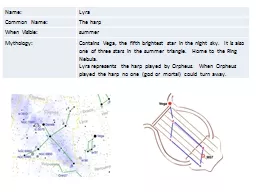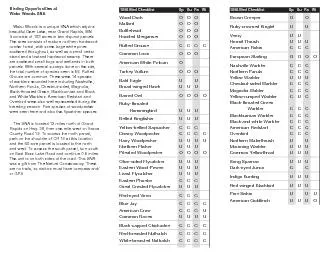PDF-Harp Buzz Checklist General Buzzes Check that the buzz
Author : marina-yarberry | Published Date : 2015-05-10
Sometimes the buzz seems to come from one area of t he harp but is actually occurring in an other area If possible press with your hand against different parts of
Presentation Embed Code
Download Presentation
Download Presentation The PPT/PDF document "Harp Buzz Checklist General Buzzes Check..." is the property of its rightful owner. Permission is granted to download and print the materials on this website for personal, non-commercial use only, and to display it on your personal computer provided you do not modify the materials and that you retain all copyright notices contained in the materials. By downloading content from our website, you accept the terms of this agreement.
Harp Buzz Checklist General Buzzes Check that the buzz: Transcript
Download Rules Of Document
"Harp Buzz Checklist General Buzzes Check that the buzz"The content belongs to its owner. You may download and print it for personal use, without modification, and keep all copyright notices. By downloading, you agree to these terms.
Related Documents

